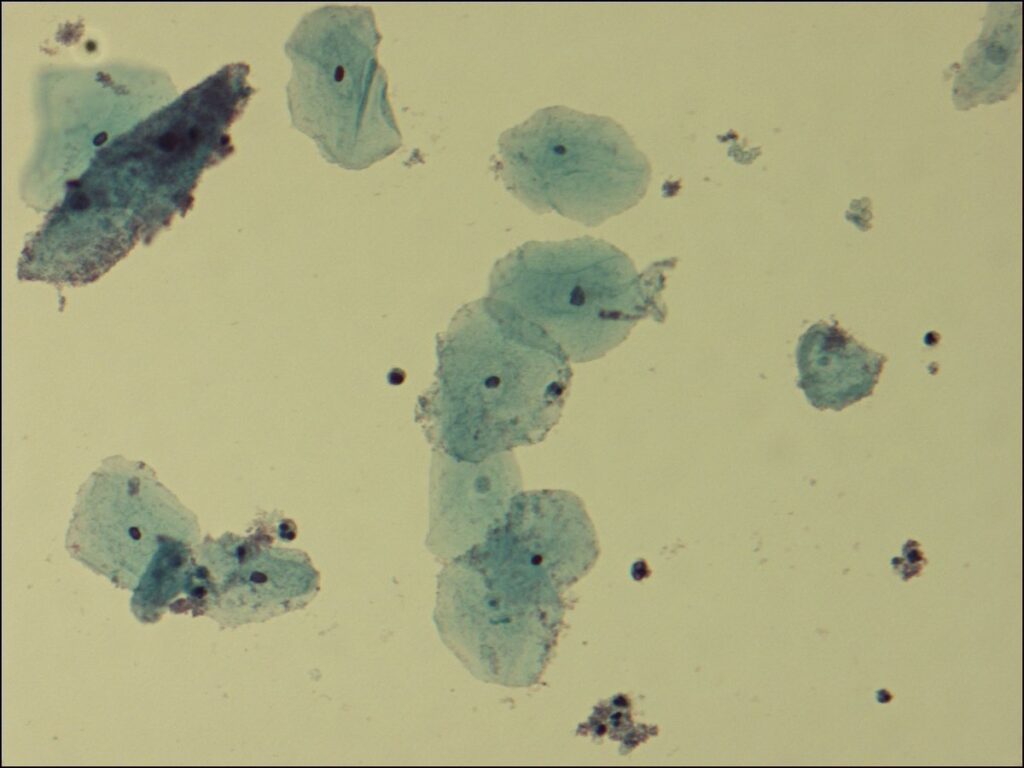What is Gardnerella vaginalis?

Gardnerella vaginalis is a type of bacteria that commonly lives in the vagina. It’s often present in small amounts and doesn’t cause any problems. However, when it grows too much, it can lead to a condition called bacterial vaginosis (BV).
Table of Contents
What is Bacterial Vaginosis (BV)?

In women, bacterial vaginosis (BV) is a frequent illness. It takes place when the vagina’s usual microbial equilibrium is upset. Sexual interaction might lead to the transmission of BV. Having intercourse with a new partner and not using condoms appropriately and consistently both raise the risk of contracting BV. Gardnerella vaginalis is a bacterium that commonly inhabits the vagina.
Anaerobic bacteria, especially Gardnerella vaginalis, predominate in bacterial diarrhea (BV), a frequent vaginal illness marked by an imbalance in the vaginal microbiota. The vaginal ecology is upset by this change, which can lead to a number of symptoms and even consequences. A multidisciplinary approach including clinical, cultural, and biochemical diagnosis is necessary to comprehend BV.
Diagnosis Clinical
Symptoms: BV can cause a wide range of symptoms, many of which are absent in females. Typical indicators consist of:
Fishy smell: This smell is a defining characteristic of BV, particularly after sexual activity or during menstruation.
Vaginal discharge that is abnormal: Usually thin, white, or gray, the discharge has a “frothy” or “milky” consistency.
Vaginal irritation and itching: These symptoms can coexist with other indicators, but they are not always evident.
Urinary pain: Bladder burning may result from bladder virus infection.
Examining the patient physically is essential to the diagnosis of BV. The medical professional will visually examine the cervix and vagina to look for any indications of discharge, odor, or inflammation.

Patient History: Determining the cause and the best course of action requires taking a complete history that includes information on past BV episodes, sexual history, and any other pertinent medical issues.
Diagnosis of Culture
Gram Staining: A defining feature of BV are the “clue cells.” Under a microscope, they are vaginal epithelial cells covered in Gardnerella vaginalis bacteria, giving them a distinctive “stippled” look. One of the most reliable signs of BV is the existence of clue cells.
Vaginal Swab Culture: This method entails taking a sample of vaginal secretions and cultured it in order to determine which particular bacteria are there. In most cases of BV, Gardnerella vaginalis is identified in high numbers. However, because G. vaginalis grows slowly in culture, this approach is not as reliable as gram staining.
Diagnosis Biochemical
Amine Test: This easy test looks for volatile amines, which are produced by the anaerobic bacteria that provide the fishy smell. It uses potassium hydroxide (KOH) to do this. A positive amine test that results in a strong fishy smell helps confirm the BV diagnosis.
pH of the vagina: BV is linked to an elevated pH of the vagina, usually higher than 4.5. Vaginal pH measurement can offer more proof of the diagnosis.
Additional Biomarkers: Studies are being conducted to find additional biochemical indicators that can help diagnose bacterial vaginosis (BV), such as particular enzymes or metabolites.
Difficulties with Diagnosis
Some cases of BV are asymptomatic, which makes it challenging to diagnose and treat the disease early in many women.
Cross-Over with Other Conditions: Symptoms of BV may resemble those of other vaginal infections, such as trichomoniasis or yeast infections. Accurately identifying the causal agent is necessary for a proper diagnosis.
To Test Sensitivity and Specificity, there is not a single test that is 100% specific or sensitive to BV. For an appropriate diagnosis, a mix of biochemical, cultural, and clinical techniques is frequently needed.
The Value of Treatment and Diagnosis
It is essential to diagnose BV as soon as possible for a number of reasons.
Symptom Relief: The therapy successfully manages the signs and improves the health of the vagina.
Preventing Complications: If BV is left untreated, it might result in pregnancy problems, pelvic inflammatory disease (PID), and a higher chance of STIs.
Pregnancy Considerations: If a woman contracts BV during her pregnancy, her unborn child may suffer grave repercussions.
Conclusion
Diagnosing BV requires a comprehensive approach combining clinical, cultural, and biochemical methods. Understanding the nuances of each diagnostic tool, combined with a thorough patient history and examination, allows for accurate diagnosis and appropriate treatment. This ultimately promotes effective symptom management and reduces the risk of potential complications associated with BV.
Frequently Asked Questions (FAQ)
What is Gardnerella vaginalis?
Gardnerella vaginalis is a type of bacteria that commonly lives in the vagina. It’s often present in small amounts and doesn’t cause any problems. However, when it grows too much, it can lead to a condition called bacterial vaginosis (BV).
What is Bacterial Vaginosis (BV)?
In women, bacterial vaginosis (BV) is a frequent illness. It takes place when the vagina’s usual microbial equilibrium is upset. Sexual interaction might lead to the transmission of BV. Having intercourse with a new partner and not using condoms appropriately and consistently both raise the risk of contracting BV.
Where is Gardnerella vaginalis present?
Gardnerella vaginalis is a type of bacteria that commonly lives in the vagina.
Related Articles

